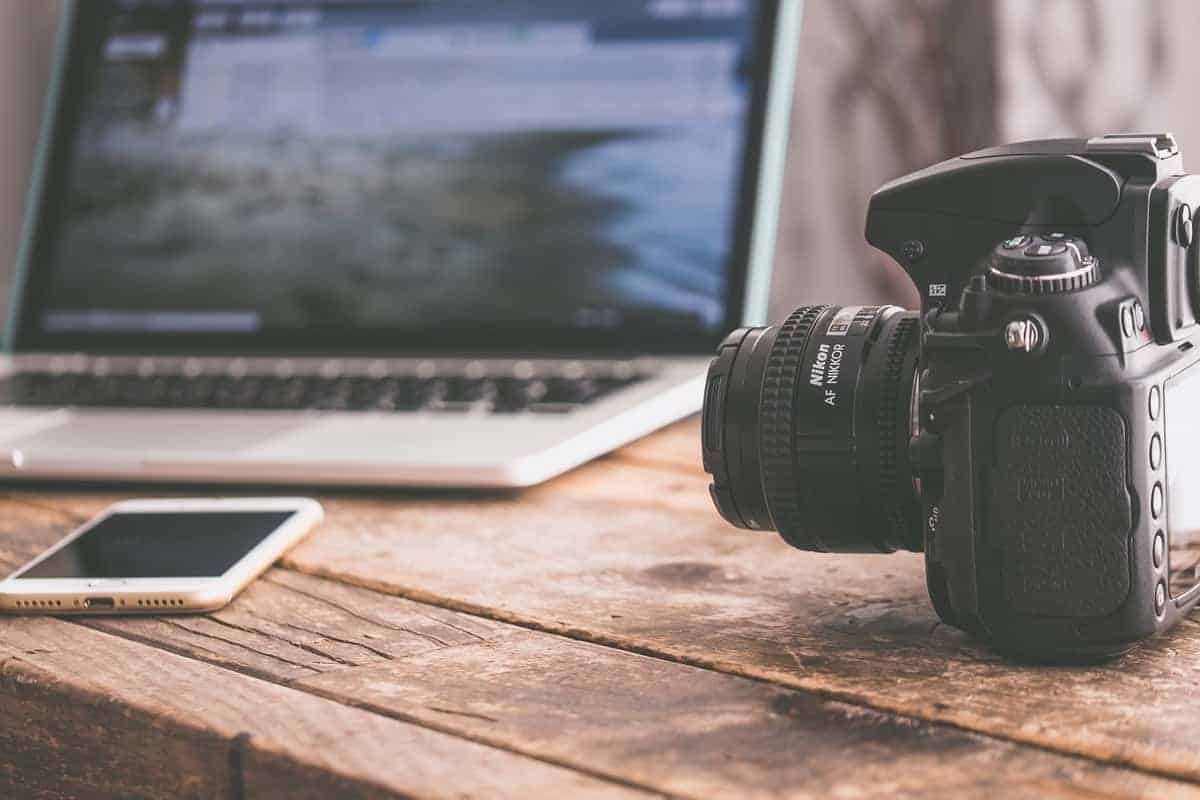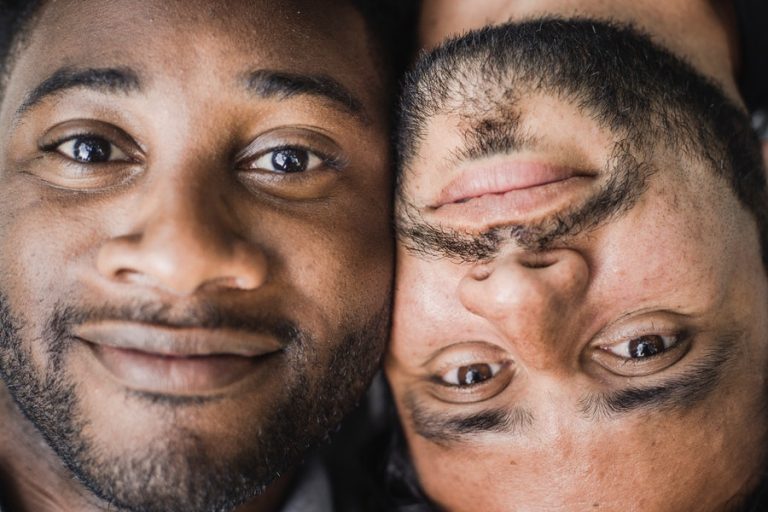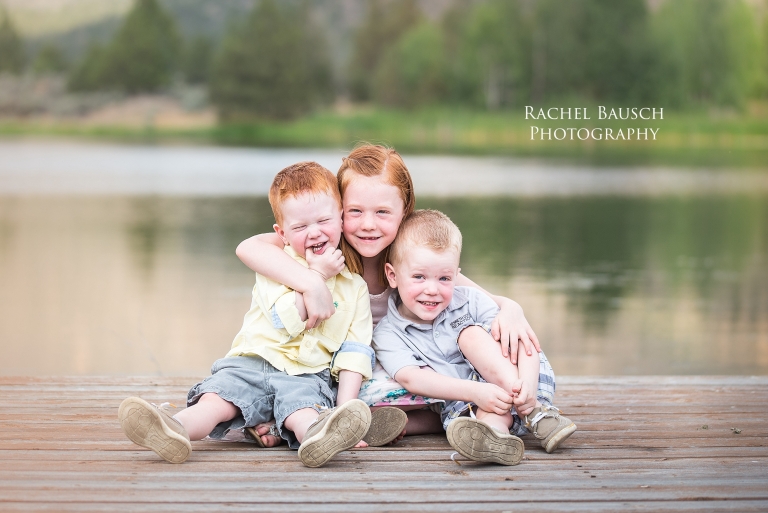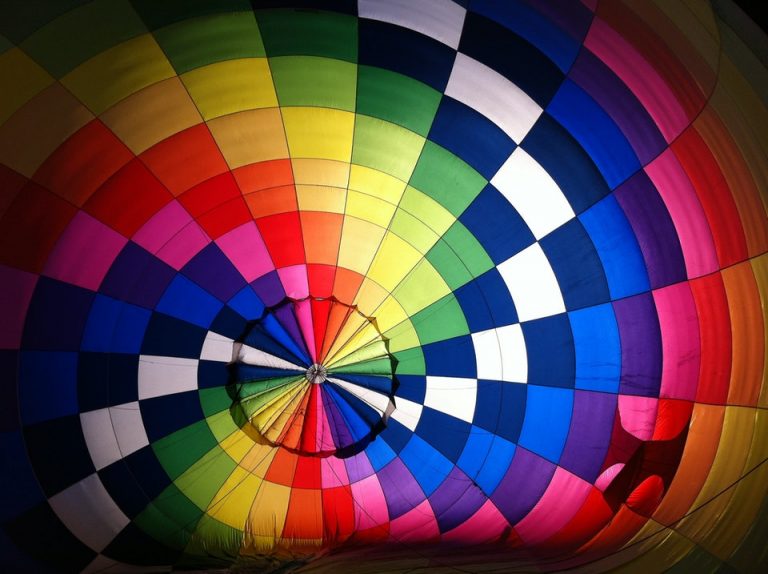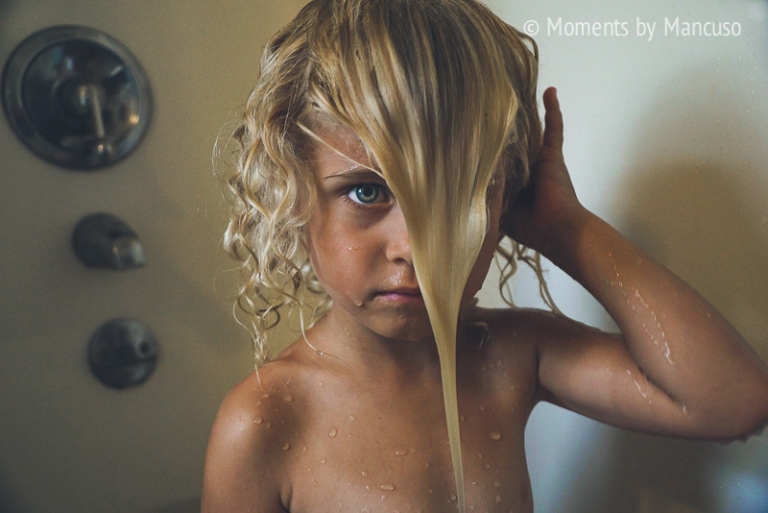Like it or not, we’re living in an electronic world, and digital photography is here to stay.
When I got my first camera at age three, digital photography wasn’t a reality. To be honest, my camera wasn’t a reality either…it used a sponge to wet the “film,” so a picture appeared on my little plastic picture. But I loved it. I soon moved on to actual cameras, commandeering the family Polaroid and Kodak Disc before eventually getting my 110mm box camera.
Somewhere in the early 2000s, the tide of photography turned. Digital cameras had been around since 1975, but it wasn’t until the turn of the century that digital photography technology went mainstream. Today digital photography has all but over taken film photography as the chosen format of the masses. But what is digital photography? How does it work? And is it a hobby or profession you’d like to pursue? Follow along with me as we learn just what digital photography is, the medium’s pros and cons and look into what equipment you might need to immerse yourself in a fun and creative art.
What is digital photography? How does it work?
According to Wikipedia, digital photography is a form of photography that uses cameras containing arrays of electronic photodetectors to capture images focused by a lens, as opposed to an exposure on photographic film. The captured images are digitized and stored as a computer fil read for further digital processing, viewing digital publishing or printing.”
So digital photography is merely the digital process by which an image is captured. But the elements of photography and achieving an exposure are the same. A digital camera still relies on shutter speed, aperture, and ISO to create an exposure, the same as in film photography.
Want ideas on getting started in digital photography? Click here!
The advantages of digital photography
Wander through the camera aisle of any big box store and the shelves will be loaded digital cameras and memory cards. If you’re looking for a film camera or film, you’ll probably have to scour many a thrift stores or attics or go online. Digital photography is simply the norm today, and for a good reason…
- The images can be viewed immediately. You can see the image on the back of the camera or download it immediately to view on a screen.
- Digital cameras offer you more control over your exposure. Not only can you change shutter speed and aperture, now a digital camera lets you instantly control ISO, white balance and more.
- A memory card, depending on size, can hold thousands of images and is reusable. There’s no need to purchase film.
- Images can be processed on a computer instead of developing your film or sending it off for outside processing and waiting weeks to see the results of your session.
- Because you can view your images before printing, you’re only printing and saving the images you love.
- It’s fun
Digital photography is all about instant gratification. See the scene, click the shutter, see your image. We can argue about the dangers of this mentality in another post. But the reality is, digital photography has made it easier than ever to learn photography and improve your skills.
Disadvantages of Digital Photography
- The overall costs can be higher. High-end digital cameras can be incredibly expensive. If you want to edit your images, you’ll also need a computer. Then add in the cost of memory cards, batteries and printing images. Your initial investment can be spendy!
- Digital photo editing can be time-consuming and a difficult skill to master.
- Technology changes rapidly and the best digital technology today may become obsolete next year.
- Digital images often go unprinted. They stay on a memory card or computer and are never printed. If your computer crashes or the technology becomes outdated, your images may be lost.
- The joy of developing your film is a lost art.
That last bullet point is for anyone who ever took a film photography class and fell in love with the process of developing negatives and making prints. I spent hours in the darkroom in college. I worked with fixer and stopper so much that my hands would dry out and itch for days. But that dark hole in the basement of Knight Hall was my sanctuary. I went to the darkroom not just to develop film but to get perspective on love and life and everything in between. Many old-school film photographers feel the same way – digital photography just can’t compare.

What equipment do I need to get started in digital photography?
If you decide this is a hobby or profession you’d like to pursue, you need a digital camera. That’s it. Here’s a quick breakdown of the different kinds of digital cameras available in today’s market.
Smartphone Cameras
One of my favorite sayings is the best camera is the one you have with you at the moment. Smartphone cameras fill that niche very nicely. They are small, compact and readily available. The digital photography technology of smartphones has improved tremendously in the last few years, making smartphones a solid choice for capturing images and videos on the go. Smartphone images look great when printed on a small scale, but they aren’t suitable for larger formats.
Point-And-Shoot Cameras
These standard, compact cameras, are an entry-level camera into the world of digital photography. Most offer an LCD screen but no viewfinder. They are usually fully automatic with the option to change settings manually if you want to. Some come with a physical zoom lens, digital zoom technology or both. Many offer the ability to take video as well. These cameras are usually small, lightweight and unobtrusive. The disadvantages to point-and-shoot are that they don’t offer as many options for manual control, they don’t have interchangeable lenses, and their image sizes are not suitable for larger formats.
Adventure Cameras
Adventure cameras, like the GoPro brand, are another option to break into digital photography. These cameras are tiny – most are smaller than a sticky note. Adventure cameras are built to withstand more rugged conditions like dirt, shock, and even water. Most shoot images and videos. They are a great option if you want a small footprint in a go-anywhere, survive anything camera. The disadvantages of adventure cameras are that they have limited zoom capability and their image size isn’t suitable for larger formats.
DSLR Cameras
DSLR cameras are what my family lovingly refer to as “my big camera.” DSLR stands for Digital Single Lens Reflex. They most closely resemble the film cameras of my college days, allowing you full control over aperture, shutter speed, and ISO. Most offer an optical viewfinder as well as an LCD screen. DSLR cameras have interchangeable lenses and can produce images that will print well in large formats like canvas or big metal prints. DSLR cameras come in two forms – crop sensors and full-frame sensors. Full-frame sensor cameras are generally the choice of professional photographers. DSLRs give you tremendous control over your camera and subsequent images. The downside is these cameras are bulky, expensive and mastering them takes a great deal of time and effort.
Want to know more about DSLR cameras? Read this!
Mirrorless Cameras
Mirrorless cameras are becoming more popular, with the major camera companies all now offering some type of mirrorless camera body. These cameras offer the control of a DSLR and interchangeable lenses, but are smaller and less bulky and sometimes even less expensive. They are a great option if you want full control of your images and a variety of lenses to shoot with but need a smaller footprint or lighter gear. Initially, the images produced by mirrorless cameras weren’t as high of quality as those produced by a DLSR, but the technology has improved so much that in many instances, an image shot with a mirrorless camera is indistinguishable from one shot with a DSLR. Even professional photographers have made the switch to mirrorless because of the size and fun of shooting these little dynamos!
Other equipment
In addition to the camera, you’ll need memory cards to record the images and some means of printing them. If you want to edit your photos, you’ll also need a computer and photo editing software. Before you jump in whole hog, though, and burn an entire paycheck buying gear, I’d advise starting small. Invest in a digital camera that fits your budget. If you don’t own a computer, use printing kiosks available locally to print your images or upload them to online print sites via a public computer. Once you know this is an art form you’ll stick with, then you can begin to invest in additional gear and upgraded technology.
[ad id=’3′]
Jumping into Digital Photography
Digital photography might not have the subtle texture and aesthetic of shooting on film, but it’s an incredibly fun hobby and profession. It’s a great way to preserve memories for the ages, share moments with family and friends far away or challenge your creative self. It has never been easier or cheaper to learn photography, and we have digital photography technology to thank for that!
